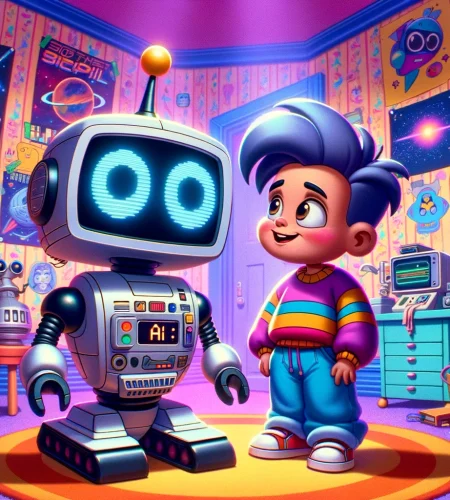Retriever-Augmented Generation (RAG) is an advanced approach in the field of natural language processing (NLP) that combines the capabilities of two different types of models: a retriever model and a generator model. This hybrid system leverages the strengths of both components to enhance the generation of text, making it more informative, contextually relevant, and precise. The RAG framework is particularly beneficial for tasks that require external knowledge or specific information not contained within the model’s pre-existing knowledge base.
How RAG Works:
- Retriever Component: The retriever part of RAG is responsible for fetching relevant information from a large corpus of documents or a database in response to a query or context. This is akin to how a search engine works, where the query is used to find and retrieve the most relevant documents that match the query’s intent.
- Generator Component: Once relevant documents or pieces of information are retrieved, the generator model takes over. This component is a language model (like GPT) that takes the input context along with the retrieved documents to generate a coherent and contextually enriched response. The generator model integrates the information from the retrieved documents into the final output, making the response more informative and detailed.
Examples:
To understand RAG better, let’s look at two simple examples:
- Question Answering:
- Scenario: Suppose you ask the RAG model a question like, “What are the health benefits of green tea?”
- Retriever’s Role: The retriever searches through a vast database of health-related articles and retrieves segments that mention the health benefits of green tea.
- Generator’s Role: The generator, informed by the retrieved information, constructs a detailed answer that might include points like “Green tea is rich in antioxidants, which can reduce the risk of certain cancers, aid in weight loss, improve brain function, and lower the risk of heart disease.”
- Content Creation:
- Scenario: You’re asking the RAG model to write an article about the “Impact of Remote Work on Global Economy.”
- Retriever’s Role: The retriever component fetches articles, studies, and reports that discuss various aspects of remote work and its economic implications.
- Generator’s Role: Armed with this information, the generator crafts an article that outlines key points such as the increase in productivity in some sectors, cost savings for companies, the challenge of digital divide, and the potential for economic decentralization.
Advantages of RAG:
- Rich and Informed Responses: By leveraging external documents, RAG can provide answers that are not only contextually relevant but also rich in content and detail.
- Adaptability: RAG can adapt to a wide range of domains and topics by retrieving information specific to the query, making it versatile across various applications.
- Continuous Learning: Unlike static models, RAG can benefit from the constantly updating corpus of documents it retrieves from, making its responses up-to-date and reflective of the latest information.
RAG represents a significant step forward in making language models more versatile and capable of generating responses that require external knowledge or specific information. By combining the strengths of both retriever and generator models, RAG offers a powerful tool for a variety of applications, from answering complex questions to generating detailed and informed content on a wide range of topics.
